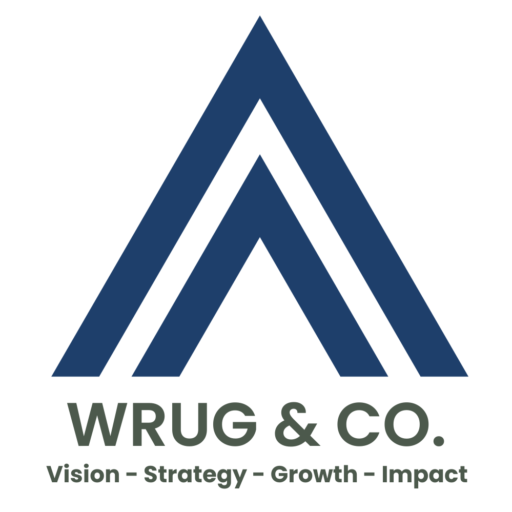Many (C-level executives) had moved purpose from the periphery of their strategy to its core—where, with committed leadership and financial investment, they had used it to generate sustained profitable growth, stay relevant in a rapidly changing world, and deepen ties with their stakeholders.
Thomas W. Malnight, Ivy Buche, & Charles Dhanaraj
Takeaways of Note:
Purpose plays 2 important strategic roles:
#1: Can redefine the playing field… not limited to current playing field – opportunities come from thinking about whole systems, connected interests & relationships among multiple stakeholders.
#2: Can reshape the value proposition... broaden mission, create a holistic value prop and deliver enhanced benefits by (1) responding to trends, (2) building on trust, and (3) focusing on pain points.
2 Basic Approaches:
1- Retrospective approach builds on existing reason for being & making sense of the past. Focus is internal: Where have we come from?
2- Prospective approach reshapes “reason for being”. It looks forward, makes sense of the future & gears up for it. Focus is external: Where can we go?
2 Tactics to implement a purpose-driven strategy
1- Transform the leadership agenda
2– Disseminate purpose throughout team
3 Benefits on the Soft Side
1- more-unified teams
2- more-motivated stakeholders
3- broader positive impact on society
